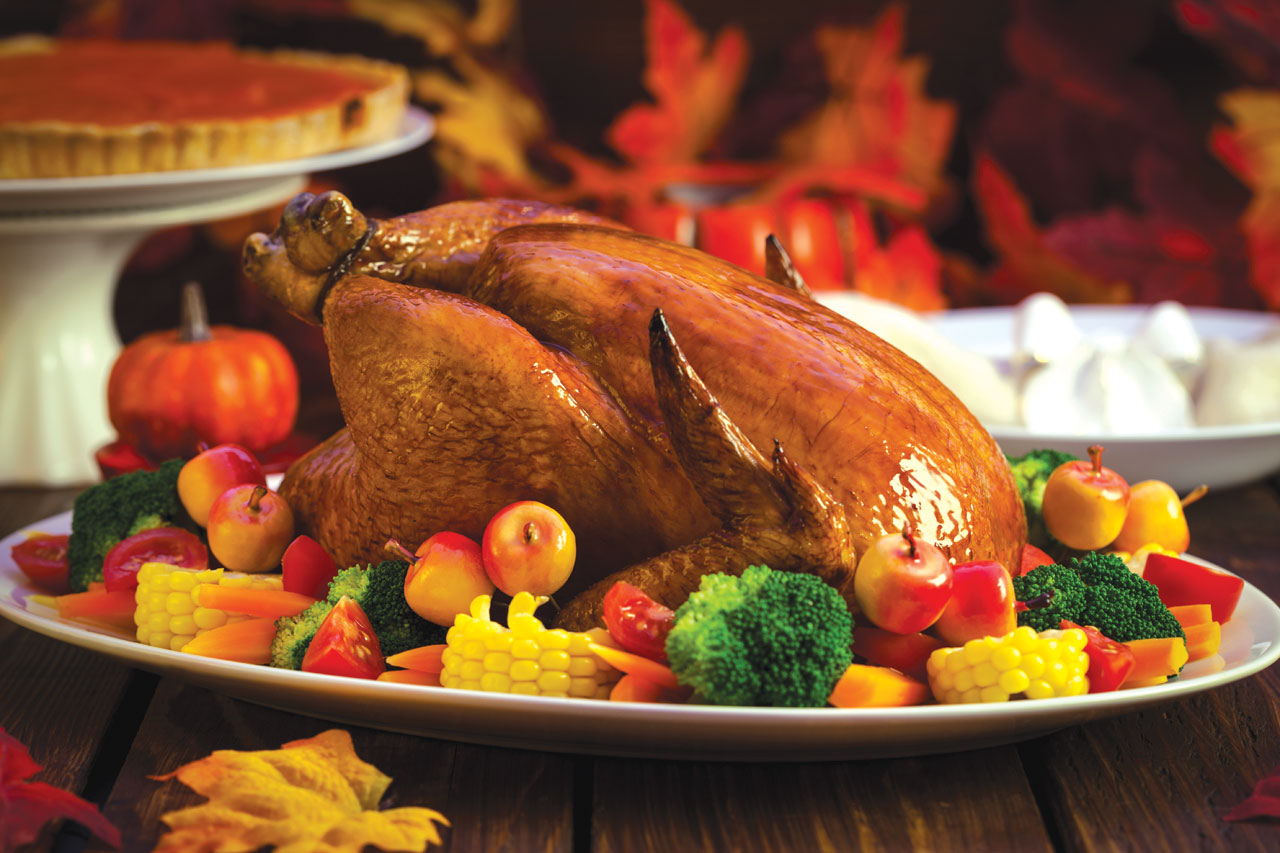A wonderful spiritual appetizer is “Always giving thanks for all things in the name of our Lord, Jesus Christ, to God, even the Father” found in Eph. 5:20. Everything belongs to the Lord and thanking Him first for all He provides and praising His Holy Name is a good place to start as we enter this season of Thanksgiving.
It is a time to focus not so much on the food we enjoy, but, instead, to focus on the Lord, Who gives our daily bread and graciously provides all we need.
Food gatherings are a festive part of celebrating Thanksgiving, and, all too often, people forget the importance of keeping food safe to prevent food-borne illness. The United States Department of Agriculture recommends four steps to keep family and friends safer from food poisoning. These steps include proper ways to clean, separate, cook and chill foods that are served.
• CLEAN: Wash hands with soap and warm water for 20 seconds before and after handling food. Thoroughly wash all surfaces with soap and hot water that come in contact with food. This includes cutting boards, countertops, dishes and utensils. This should be done after preparing each food and before going on to the next food. Wash fresh fruits and vegetables thoroughly under cool running water just before eating, cutting or cooking.
• SEPARATE: Keeping foods separate helps to prevent cross contamination of bacteria from one food to another. Keep raw eggs, poultry, meat, seafood and their juices separate from each other in the grocery cart at the store and in the kitchen. Place these foods in plastic bags to prevent them from dripping on other foods while in the store, and at home, use sealed plastic bags or containers in the refrigerator. Use separate cutting boards for these raw foods and for foods that will not be cooked such as raw fruits and vegetables. Also use separate utensils for each. Never put cooked meat or other food that is ready to eat on an unwashed platter that held raw eggs, poultry, meat or seafood.
• COOK: Food is safely cooked after it reaches an internal temperature high enough to kill harmful bacteria. Using a food thermometer to determine the food has reached the proper cooked temperature ensures the safety of egg products, poultry, meat and seafood. The thermometer should be placed in the thickest part of the food and away from bone, gristle or fat. Check the cooking instructions on the food label, or consult a food cooking chart to identify proper cooking temperatures for various foods. The color of a cooked food is not a reliable indicator of doneness.
• CHILL: The refrigerator temperature should be 40 degrees Fahrenheit or lower, and the freezer should be 0 degrees Fahrenheit or lower. Perishable foods should be thawed in the refrigerator, in cold water or the microwave. They should never be thawed in hot water or on the counter. Do not leave food at room temperature for more than two hours (one hour if the temperature is more than 90 degrees Fahrenheit) before refrigerating.




